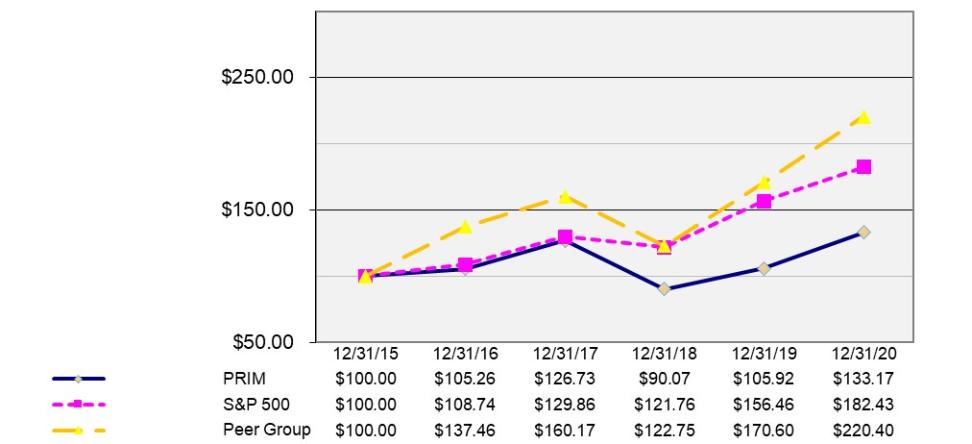ITEM 7. | MANAGEMENT’S DISCUSSION AND ANALYSIS OF FINANCIAL CONDITION AND RESULTS OF OPERATIONS |
You should read the following discussion of our financial condition and results of operations in conjunction with the financial statements and the notes to those statements included in Item 8 in this Annual Report on Form 10-K. This discussion includes forward-looking statements that are based on current expectations and are subject to uncertainties and unknown or changed circumstances. For a further discussion, please see “Forward-Looking Statements” at the beginning of this Annual Report on Form 10-K. Our actual results may differ materially from those anticipated in these forward-looking statements as a result of many factors, including those risks inherent with our business as discussed in “Item 1A Risk Factors”.
The following discussion starts with an overview of our business and a discussion of trends, including seasonality, that affect our industry. That is followed by an overview of the critical accounting policies and estimates that we use to prepare our financial statements. Next we discuss our results of operations and liquidity and capital resources, including our off-balance sheet arrangements and contractual obligations. We conclude with a discussion of our outlook and backlog.
Introduction
We are one of the leading providers of specialty contracting services operating mainly in the United States and Canada. We provide a wide range of specialty construction services, fabrication, maintenance, replacement, and engineering services to a diversified base of customers through our five segments: Power, Industrial and Engineering (“Power”), Pipeline and Underground (“Pipeline”), Utilities and Distribution (“Utilities”), Transmission and Distribution (“Transmission”), and Civil. The structure of our reportable segments is generally focused on broad end-user markets for our services.
The Power segment operates throughout the United States and in Canada and specializes in a range of services that include engineering, procurement, and construction, retrofits, upgrades, repairs, outages, and maintenance services for entities in the petroleum and petrochemical industries, as well as traditional and renewable power generators.
The Pipeline segment operates throughout the United States and specializes in a range of services, including pipeline construction and maintenance, pipeline facility and integrity services, installation of compressor and pump stations, and metering facilities for entities in the petroleum and petrochemical industries, as well as gas, water, and sewer utilities.
The Utilities segment operates primarily in California, the Midwest, the Atlantic Coast, and the Southeast regions of the United States and specializes in a range of services, including installation and maintenance of new and existing natural gas utility distribution systems and pipeline integrity services for entities in the gas utility market.
The Transmission segment operates primarily in the Southeastern, Midwest, Atlantic Coast, and Gulf Coast regions of the United States and specializes in a range of services, including installation and maintenance of new and existing electric utility transmission, substation, and distribution systems for entities in the electric utility market.
The Civil segment operates primarily in the Southeastern and Gulf Coast regions of the United States and specializes in highway and bridge construction, airport runway construction, demolition, site work, soil stabilization, mass excavation, flood control, and drainage projects for entities in the petroleum and petrochemical industries, state and municipal departments of transportation, and airports.
We have longstanding customer relationships with major utility, refining, petrochemical, power, midstream, and engineering companies, and state departments of transportation. We have completed major underground and industrial projects for a number of large natural gas transmission and petrochemical companies in the United States, major electrical and gas projects for a number of large utility companies in the United States, as well as significant projects for our engineering customers. We enter into a large number of contracts each year, and the projects can vary in length from daily work orders to as long as 36 months, and occasionally longer, for completion on larger projects. Although we have not been dependent upon any one customer in any year, a small number of customers tend to constitute a substantial portion of our total revenue in any given year.
